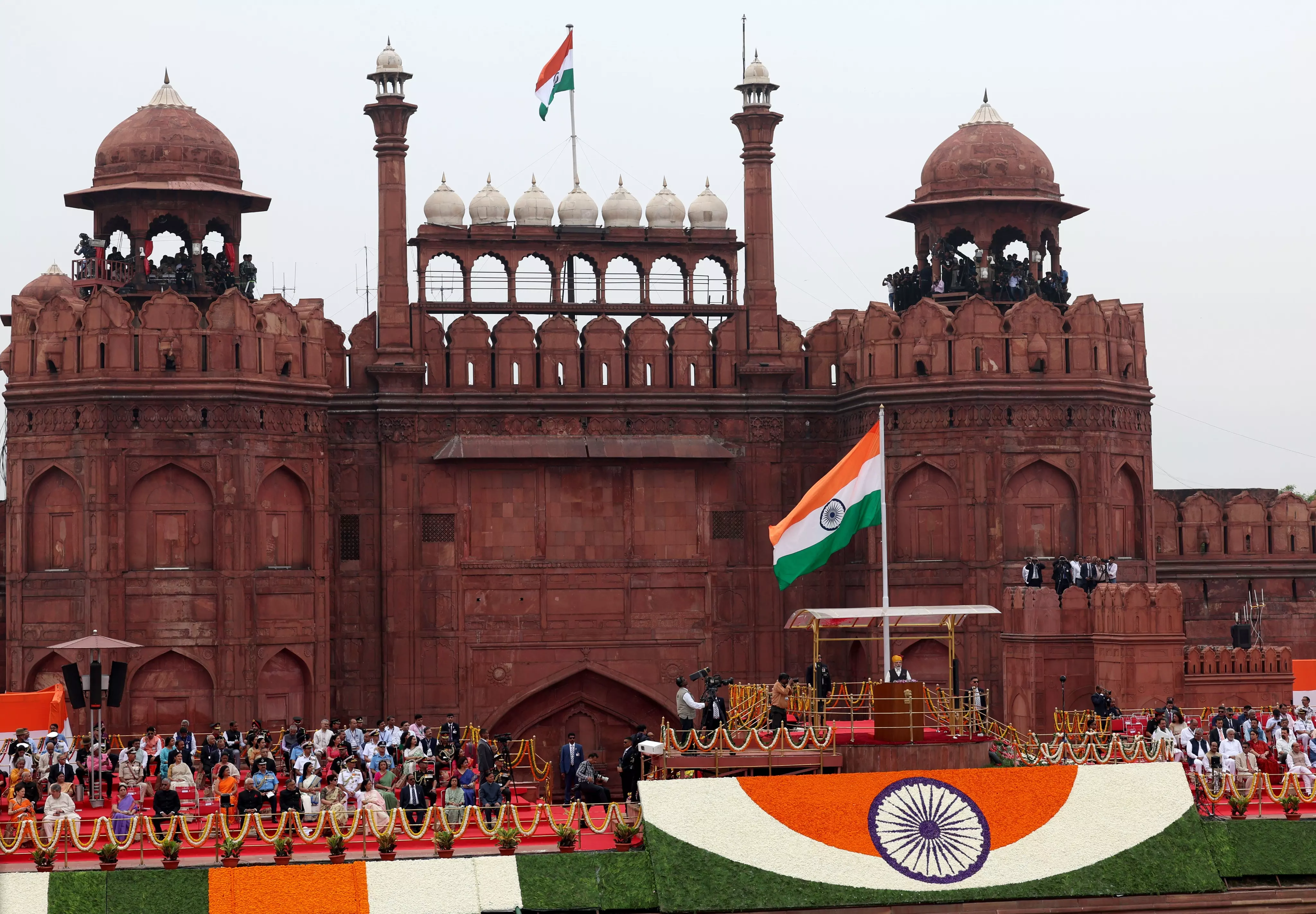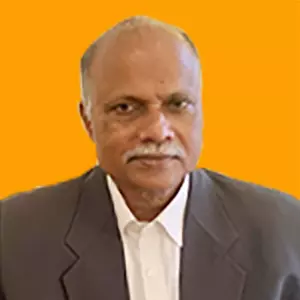
- Home
- India
- World
- Premium
- THE FEDERAL SPECIAL
- Analysis
- States
- Perspective
- Videos
- Sports
- Education
- Entertainment
- Elections
- Features
- Health
- Business
- Series
- In memoriam: Sheikh Mujibur Rahman
- Bishnoi's Men
- NEET TANGLE
- Economy Series
- Earth Day
- Kashmir’s Frozen Turbulence
- India@75
- The legend of Ramjanmabhoomi
- Liberalisation@30
- How to tame a dragon
- Celebrating biodiversity
- Farm Matters
- 50 days of solitude
- Bringing Migrants Home
- Budget 2020
- Jharkhand Votes
- The Federal Investigates
- The Federal Impact
- Vanishing Sand
- Gandhi @ 150
- Andhra Today
- Field report
- Operation Gulmarg
- Pandemic @1 Mn in India
- The Federal Year-End
- The Zero Year
- Science
- Brand studio
- Newsletter
- Elections 2024
- Events
- Home
- IndiaIndia
- World
- Analysis
- StatesStates
- PerspectivePerspective
- VideosVideos
- Sports
- Education
- Entertainment
- ElectionsElections
- Features
- Health
- BusinessBusiness
- Premium
- Loading...
Premium - Events

PM Narendra Modi delivers Independence Day speech from the ramparts of the Red Fort, Delhi, on August 15, 2023.
The next five years would lay the foundation for the transformation of India into a developed country by 2047, and Modi would accomplish the task, said Modi.
Give me a place to stand, and I will move the earth, declared Archimedes. Of course, he needed a long enough lever and a fulcrum, too. Prime Minister Narendra Modi does not ask for anything, puts no conditions, to work his miracles. Speaking of himself in the third person, as is the wont of Kings and little children, Modi declared that Modi would deliver the Independence Day speech next year, too, as well as the report card of progress every year for the next five years.
India has a tradition, too, in which exalted beings refer to themselves modestly in the first person: thadaatmaanam srijaamyaham (then I create myself), says Krishna in the Bhagavad Gita, for example. But then, Krishna was the king of Mathura, and later of Dwaraka, small principalities, and never got voted to nationwide office with the support of 37% of India’s electorate.
India’s growth slowed down during Modi’s term
The next five years would lay the foundation for the transformation of India into a developed country by 2047, and Modi would accomplish the task, said Modi. If India rose from the 10th largest economy to the fifth largest over his two terms in office, he promised to take India to the third largest, in the next one. This sounds impressive — till you factor in the growth rates. The compound annual growth rate (CAGR) of GDP in constant rupees over the UPA’s two terms was 6.8%, while the comparable growth rate over the Modi regime’s 9 years has been 5.6%.
Also read: Does imposition of Hindi constitute an offence against unity and integrity of nation?
If the difference between these two growth rates looks small, consider this. A $3.3 trillion economy growing at 5.6% CAGR would, after 25 years, reach a size of $12.9 trillion, while the same economy, growing for 25 years at a CAGR of 6.8% would be $17.1 trillion, almost a third larger.
India’s growth slowed down during Modi’s term, but still that growth rate was much faster than the growth rates of the advanced economies, which never got back the economic vigour they lost during the financial crisis of 2007-09, and stayed bogged down in the Great Recession. That is how India overtook other economies and rose in global rankings. But the fact remains that India’s share in global GDP, calculated on a purchasing power parity basis, is about 7%, while India’s share of global population is nearly 18%. This shows that the per capita income in India is way below the global average. Even for China, the per capita income is just about the global average.
But then, facts and figures are not about reality when it comes to making a great speech, and Prime Minister Modi is indeed a master speech maker. He spoke with verve, passion and eloquence about his vision for India as a developed country, building on democracy, demography and diversity.
Also read: Welcome inaction by RBI's Monetary Policy Committee
He is spot on, when it comes to demography, of course. India has the world’s largest cohorts of young people, whose energies and aspirations will transform this country over the next couple of decades, whoever runs the country, so long as a working coherence is maintained in society.
Lynchings, communal tension
India has fallen on multiple, globally compiled indices of freedom and democracy during Modi’s tenure. Lynchings, communal tension, official patronage of lynch mobs, creation of a discourse that paints a section of the population as traitors and processions demanding that traitors be shot, that demand being raised at public speeches by sitting ministers, conversion of large swathes of the media into peddlers of sycophancy, attacks on critical media, income tax and enforcement directorate raids on Opposition leaders, the downgrading of Parliamentary debate — these have been fostered. These degrade democracy and diversity, and could end up destroying the working coherence society needs to prosper. The imposition of Hindi is yet another attack on diversity.
The Prime Minister began his speech asserting that India had been enslaved for a thousand years. Who precisely was enslaved? The quarter of the population comprising the tribal groups and the castes deemed untouchable? Have they found emancipation from caste oppression even today? Were the Pathans hired by Hindu kings to serve in their armies enslaved? Were the Rajputs who ran the administration for Muslim rulers? The traders who flourished as never before, so much so that a prominent trader, Jagat Seth, is supposed to have invited the British to take over, to remove the corrupt, prosperity-killing Nawab of Bengal?
Also read: Why PM Modi's Independence Day speech sounded hollow
The proposition that India was enslaved suggests that India as a nation state existed a thousand years ago. Sure, India has been a distinct, thriving civilisation for thousands of years, but all its diverse geography was brought under unified political control for the first time under the British, and the people, who spoke different languages, followed different faiths, followed different kinship rules, had different superstitions and local customs came together feeling a sense of being one nation in the course of the freedom struggle against the British, not before that. The Mauryas and the Guptas ruled parts of North India, not India as a whole. The kings of the South probably did not even know that Alexander had attacked a kingdom to the northwest, leave alone feel that his country was under attack. Sivaji is a hero for the Marathas, but a cruel marauder for Bengalis.
The notion that India was enslaved a thousand years ago serves to drive home difference, to posit as outsiders those associated, by faith or culture, with those who, centuries ago, came to India as invaders, but settled and integrated here, and became a part of this land and its culture. Their successors contributed, over centuries, to the region’s myriad abundance things like the Taj Mahal, the Red Fort, a system of administration that lives on as tehsildar and patwari, the tabla, Urdu, kulfi and dum biryani. To treat them as outsiders is to negate history, not to build on it.
Poverty has fallen, said the PM. It might have, but on what basis can this claim be made, in the absence of the surveys that collect the relevant data?
Over 2008-14, rural wages went up in real terms, thanks to largescale infrastructure investment, the demand for construction labour, migration of workers to towns that depleted rural labour and pushed up rural wages. That brought down poverty. Investment as a share of GDP has been depressed over the last nine years, as compared to the previous ten. And the pandemic has not helped lower poverty.
Digital India
Another major theme of the PM’s speech was India’s rising profile in the world, about India’s role in shaping the post-Covid world order.
Covid did mark a break with regard to reliance on regionally concentrated supply chains. But the reordering of the world from its post-World War II mould was set in motion by the rise not of a virus but of China. The US identified India as the regional counterweight to China not during the pandemic, but when President George W. Bush offered India a nuclear deal that would liberate India from the technology denial regime in which the West had placed India after its nuclear tests. That deal opened the path for high-tech American companies to invest in India. The same Modi, who seeks to take credit for India’s role in the new world order, had, along with the rest of the BJP, tried to torpedo the nuclear deal.
Modi celebrated digital India, too, in his speech. The foundation of digital India was laid in the rise in tele-density during the UPA regime from less than 2% to more than 50% even in rural areas, and the creation of Aadhaar and the application programming interfaces (APIs) developed to leverage Aadhaar, collectively called India Stack. The digital payment interface UPI, Digilocker, etc are derived from this. That telecom revolution had been dubbed a scam. Modi and his party had vehemently opposed Aadhaar. If they had had their way, India would not have had a digital revolution.
The Prime Minister spoke of women-led development. Not just those women of Manipur, the women wrestlers struggling to get their complaint of sexual harassment against a BJP Member of Parliament taken seriously, but also the serious dearth of women in India’s workforce and the still skewed sex ratio starkly refute the claim of women-led development. India’s female work participation rate, in the low 20s, is closer to Afghanistan’s than to China’s. The incessant glorification of a Hindu past gives weight to traditions that hold women do not deserve autonomy or equality.
But Modi deserves credit for identifying social evils to battle that cleverly converge with what has been identified as the hallmark of the Opposition: corruption, nepotism and appeasement. In this, as with other claims to having led India successfully, he made his Independence Day speech into a forceful campaign speech for the 2024 general elections. The 2024 campaign begins from the ramparts of the Red Fort.
(TK Arun is a senior journalist based in Delhi.)
(The Federal seeks to present views and opinions from all sides of the spectrum. The information, ideas or opinions in the articles are of the author and do not necessarily reflect the views of The Federal.)


